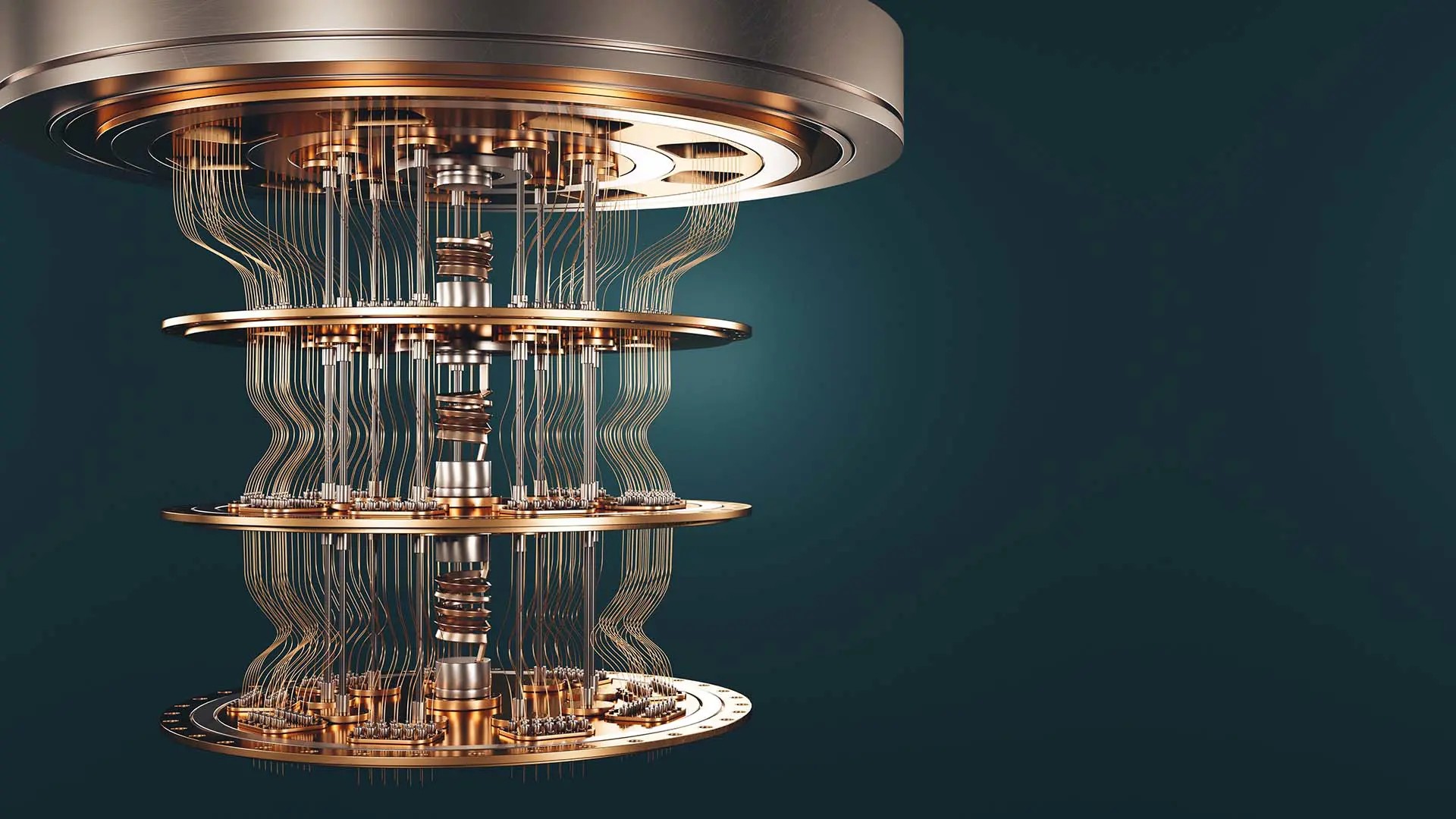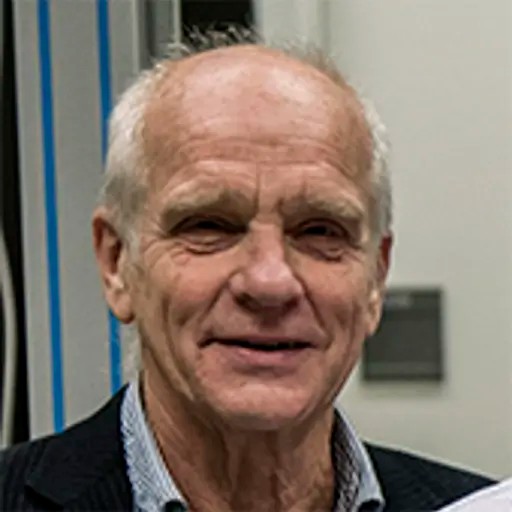
At the end of June, nine European parties, including Chalmers, signed a hosting agreement for the acquisition and operation of a EuroHPC quantum computer within the framework of the LUMI-Q consortium. The collaboration is expected to link WACQT and other Nordic ecosystems for quantum computing users to a broad EU community and accelerate research and development in quantum technology in the coming years.
The LUMI-Q consortium brings together nine European countries; Belgium, the Czech Republic, Denmark, Finland, Germany, the Netherlands, Norway, Poland and Sweden and aims to provide European academia and industry with a quantum computer based on 12 superconducting qubits - that is expected to be increased to 25.
On June 27, a hosting agreement was signed in Luxembourg between the consortium's nine parties and the European High Performance Computing Joint Undertaking (EuroHPC JU) for the acquisition and operation of a new quantum computer. The quantum computer LUMI-Q will be installed already next year at IT4Innovation's National Supercomputing Center in Ostrava, Czech Republic, and then integrated with the supercomputer KAROLINA in the Czech Republic.
Ties WACQT to European quantum computing community
Chalmers is one of the LUMI-Q partners, and for the researchers in quantum technology at MC2, the hope is now that the collaboration will benefit Europe's progress in quantum technology at large.
“LUMI-Q will link WACQT's and Nordic NordiQuEst's ecosystems for quantum computer users to a broad EU community that will accelerate research and development, teaching and training, in quantum technology in the coming years,” says Göran Wendin, professor of quantum technology at MC2.
The investment costs for the procurement of the quantum computer are planned to amount to a maximum of 7 million euros. They will be co-financed at 50% of the EuroHPC JU budget under the Digital Europe Program (DEP) and 50% from the contributions of the member countries of the LUMI-Q consortium.
A total of six new quantum computers
In parallel with the signing of LUMI-Q, five other similar hosting agreements were concluded with EuroHPC and a total of six EuroHPC quantum computers will now be integrated with supercomputers in several places on the continent, with the aim of letting Europe lead the way in the development of quantum technology.
The agreements are the result of collaborations from no less than 17 European countries, which are now coming together to lead the way in the area.
The systems will primarily be available for R&D purposes to a wide range of European users, regardless of their location in Europe, to the research community, as well as to industry and the public sector. The upcoming quantum computing infrastructure will support the development of a wide range of applications with industrial, scientific, and societal relevance for Europe, opening up new opportunities in the European supercomputing infrastructure.
The six new quantum computers are LUMI-Q, EuroQCS-France, Euro-Q-Exa in Germany, EuroQCS-Italy, EuroQCS-Poland and EuroQCS-Spain.
The LUMI-Q consortium consists of:
• VSB – Technical University of Ostrava, IT4Innovations National Supercomputing Center, Czechia
• CSC – IT Center for Science, Finland
• VTT Technical Research Center of Finland Ltd, Finland
• Chalmers University of Technology, Sweden
• Danish Technical University, Denmark
• Akademickie Centrum Komputerowe Cyfronet AGH, Poland
• Nicolaus Copernicus Astronomical Center, Poland
• Nordic e-Infrastructure Collaboration
• Sigma2 AS, Norway
• Simula Research Lab, Norway
• SINTEF AS, Norway
• Deutsches Zentrum für Luft- und Raumfahrt, Germany
• University of Hasselt, Belgium
• TNO Netherlands Organization for Applied Scientific Research, the Netherlands
• SURF BV, the Netherlands
- Professor Emeritus, Applied Quantum Physics, Microtechnology and Nanoscience
